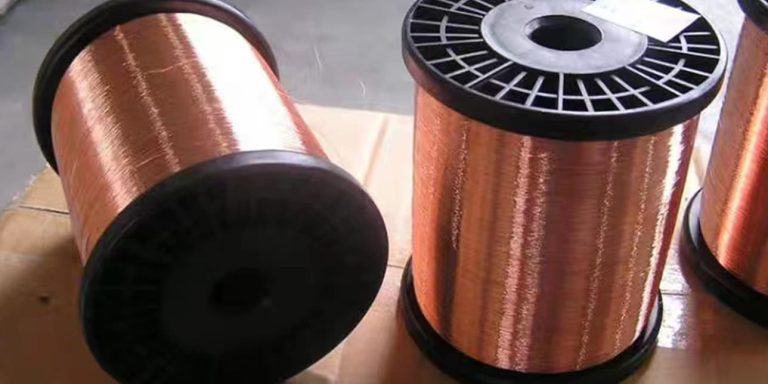How do you determine the quality of enameled aluminum wire?
Determining the quality of enameled aluminum wire involves several steps and considerations. Here are the key aspects to evaluate:
1. Visual Inspection
- Surface Quality: Check for smoothness and uniformity of the enamel coating. There should be no cracks, pinholes, or blisters.
- Color Consistency: Ensure the enamel coating has a uniform color without any discoloration or spots.
2. Dimensional Accuracy
- Diameter Measurement: Measure the overall diameter and the diameter of the aluminum wire without the enamel. Ensure it meets the specified tolerances.
- Enamel Thickness: Measure the thickness of the enamel coating using micrometers or other appropriate tools.
3. Electrical Properties
- Insulation Resistance: Test the insulation resistance to ensure the enamel coating provides adequate insulation. This is typically done using a megohmmeter.
- Breakdown Voltage: Measure the voltage at which the enamel coating breaks down electrically. Higher breakdown voltage indicates better insulation properties.
4. Mechanical Properties
- Adhesion Test: Perform an adhesion test to see if the enamel adheres properly to the aluminum wire. A common method is to wrap the wire around a mandrel and check for cracks or peeling.
- Flexibility and Elongation: Test the wire’s flexibility and ability to elongate without breaking or losing the enamel coating.
5. Thermal Properties
- Heat Shock Test: Expose the wire to high temperatures and observe for any cracking or loss of enamel adhesion. This tests the thermal stability of the enamel coating.
- Thermal Class: Verify the enamel’s thermal class rating (e.g., Class 130, Class 155) to ensure it can withstand the operating temperatures of the intended application.
6. Chemical Resistance
- Solvent Resistance: Test the enamel’s resistance to various solvents it might be exposed to during manufacturing or operation.
- Chemical Stability: Assess the enamel’s stability and resistance to degradation when exposed to chemicals, such as oils and coolants.
7. Environmental Resistance
- Moisture Resistance: Check the enamel’s resistance to moisture absorption and its ability to maintain insulation properties in humid conditions.
- UV Resistance: If the wire will be exposed to sunlight, ensure the enamel is resistant to UV degradation.
8. Standards and Certifications
- Compliance with Standards: Ensure the wire meets relevant industry standards such as IEC, NEMA, or JIS.
- Certification: Look for certifications from recognized bodies that attest to the quality and performance of the wire.
9. Manufacturer’s Quality Control
- Batch Testing: Review the manufacturer’s quality control processes, including batch testing results for consistency in quality.
- Traceability: Ensure the wire is traceable back to its production batch for accountability and quality tracking.
Practical Steps
- Purchase Samples: Get samples from different batches and suppliers to perform comparative testing.
- Lab Testing: Conduct thorough testing in a certified lab to verify the properties and performance claims.
- Feedback from End Users: Collect feedback from customers who have used the wire in their applications to get real-world performance data.
By thoroughly assessing these aspects, you can determine the quality of enameled aluminum wire and ensure it meets the requirements of your specific application.
Sales:Nell
Website:lpenamelwire.com
Email:office@cnlpzz.com
Mobile/whatsapp:0086-19337889070





